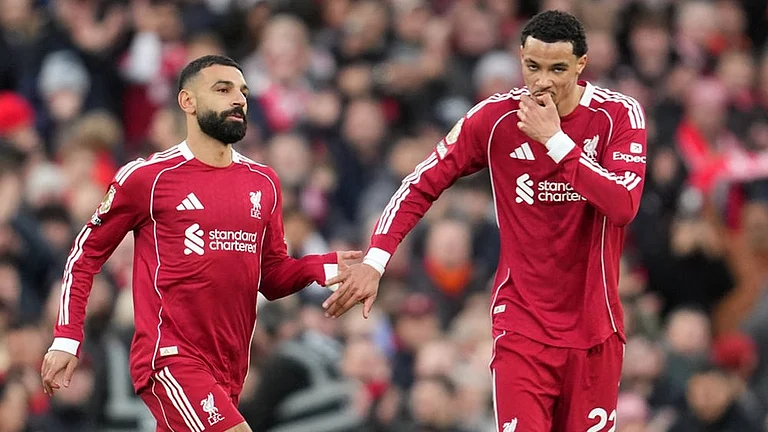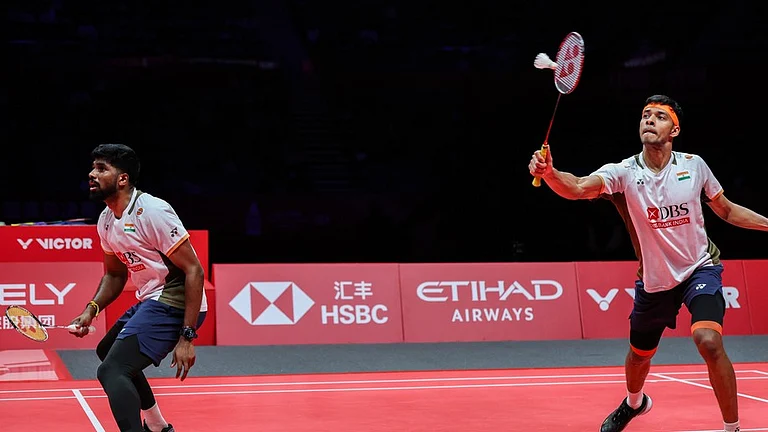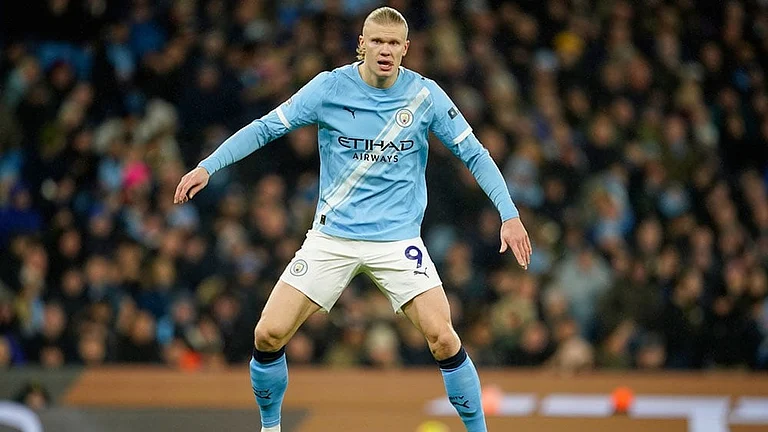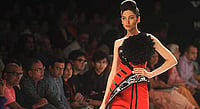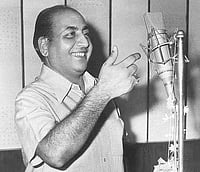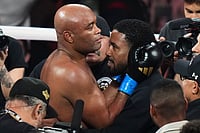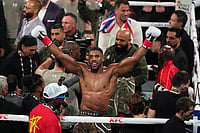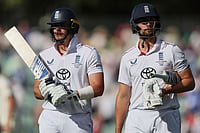This book adds to the body of critical work around Satyajit Ray’s films. Nag’s earlier book had Soumitra Chatterjee talking candidly about twenty of his best roles. In this book, Nag continues the thread to include the voices and roles of other actors/actresses in Ray’s films, exploring their characterisations and the reasons some stand out in memory.
So, readers will reacquaint themselves with Apu and Durga, Charu, Arindam and Siddhartha, among others. Wherever he has access, Nag includes excerpts from interviews he has conducted, or from reference material, letting the actor talk about his interactions with Ray and his own approach to a role. Adding to our understanding of the characters and the artistes are Ray’s own statements. So we learn that Ray wrote the screenplay for Jalsaghar keeping the great Chhabi Biswas specifically in mind to play Biswambhar Roy, despite initially being wary of his acting, because he had, “that tenor of an aristocratic patriarch”. Interestingly, Ray is dismayed to know during shooting that Biswas cannot ride a horse, and the man being portrayed as a connoisseur of classical music is tone deaf.
In the chapter on Biswas, Nag compares his famous roles—as Biswambhar Roy, as Indranath Choudhuri in Kanchenjunga and as Kalikinkar Choudhuri in Devi. He points out how the three roles amply demonstrate the actor’s “extraordinary theatrical abilities”, as he moves from playing a decadent aristocrat to a industrialist to a father figure whose religious fervour and feudal ways border on madness and throw the life of his daughter-in-law in disarray. Nag analyses Ray’s treatment of the three characters, explains where Ray’s sympathies lie and how he suggests latent political statements in their interactions with other characters.
Madhabi Mukherjee, Sharmila Tagore, Rabi Ghosh, Uttam Kumar, Tulsi Chakraborty and Ray’s ‘blue-eyed boy’ Soumitra are among the actors and actresses whose work is discussed in detail. While main artistes get sections dedicated to themselves, villians and actors in comic roles are clubbed together in chapters on the genres. The chapter on the mother figure is particularly interesting. Nag discusses the roles played by Karuna Banerjee in Pather Panchali and Aparajito and the evolution of her relationship with her son. He includes excerpts from an interview in Andrew Robinson’s Satyajit Ray: The Inner Eye which details the impact working with Ray had on her as a person and actress. Chunibala Devi’s segment has touching references to the octogenarian’s reaction to being chosen for the role in Pather Panchali.
Nag also discusses Ray’s films made for, or starring, children. There is a chance that Ray fans may find much of the information here familiar. But the book does create scope for a non-Bangla movie audience to find a new reason to watch, or rewatch the films, and approach them not only with preconditioned awe, but with fresh understanding. Some editing glitches do cause a few stumbles, and the obvious idolisation of Soumitra by the author rankles, but this is a book that treats its subject with balance and insight. It should add to our field of vision of the master’s mind as seen through his cinema.







